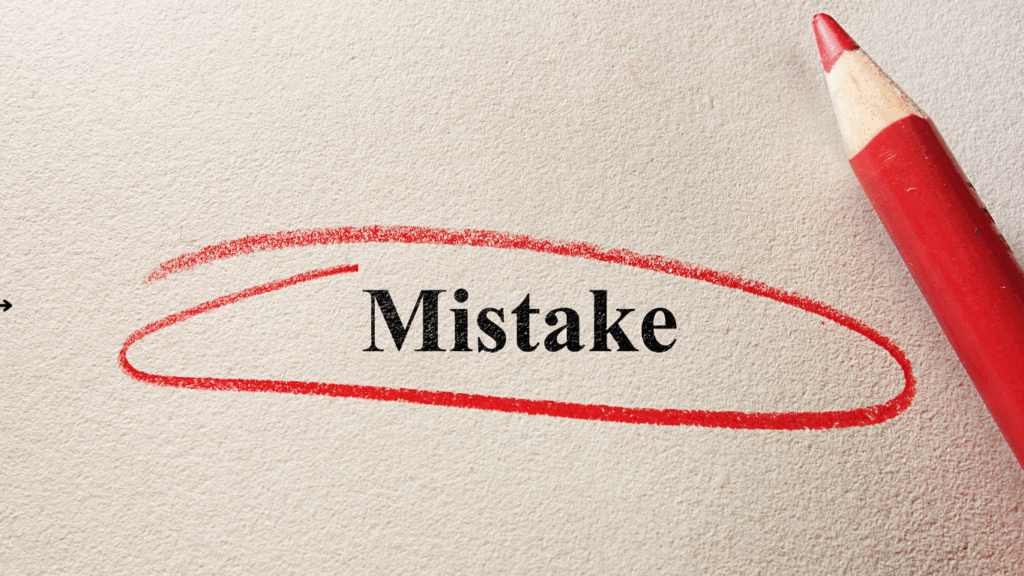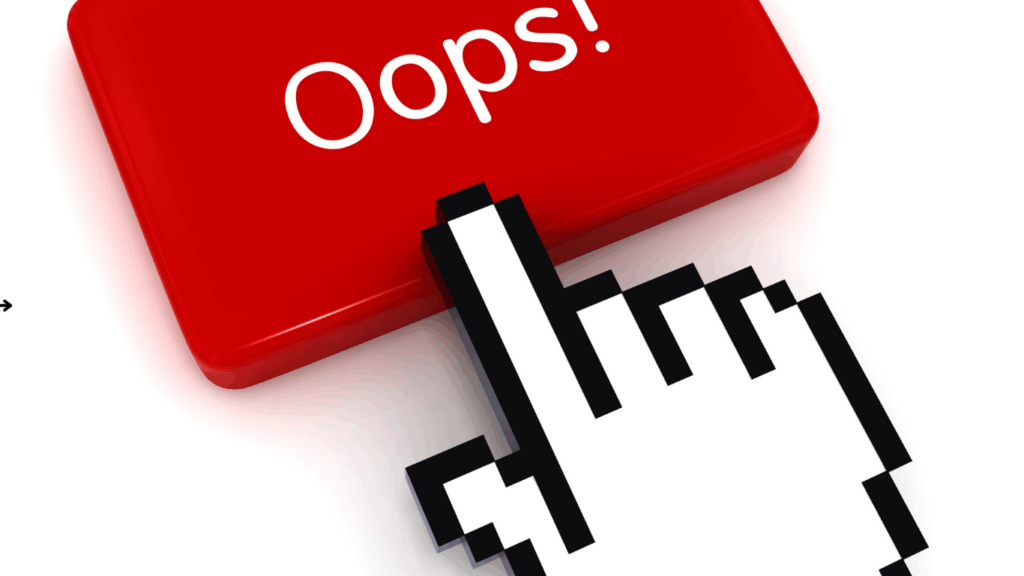10 Common Mistakes Advertisers Make with Programmatic Campaigns
Programmatic advertising is one of the most efficient and powerful ways to reach the right audience at the right time. But despite its automation and intelligence, it’s not a “set and forget” system.
Many advertisers still make mistakes that waste budget, hurt performance, or even damage brand reputation.
Here are the 10 most common programmatic advertising mistakes — and how to avoid them.

1. Not Defining Clear Campaign Goals
One of the biggest pitfalls in programmatic advertising is launching campaigns without a clear objective.
Are you aiming for awareness, traffic, conversions, or lead generation?
Without defined KPIs, even the most sophisticated algorithms won’t know what success looks like.
✅ Tip: Always set measurable goals (CTR, CPA, ROAS, etc.) before launching your campaign.
2. Relying Too Heavily on Automation
Programmatic platforms are built on automation — but blind trust in algorithms can be risky.
Without human oversight, campaigns may overspend on low-performing audiences or irrelevant placements.
✅ Tip: Regularly review performance reports and adjust targeting, bids, and creatives manually when needed.
3. Ignoring Creative Quality
Programmatic campaigns often focus on targeting and data — but creative quality still drives engagement.
Low-quality banners or poorly designed videos can waste impressions, no matter how good your targeting is.
✅ Tip: Test multiple creatives. Use clear messaging, strong visuals, and consistent branding.
4. Using Too Many (or Too Few) Audience Segments
Some advertisers over-segment their audiences, while others lump everyone into one generic group.
Both approaches hurt performance: over-segmentation limits reach, while under-segmentation wastes impressions.
✅ Tip: Start broad, test audience performance, then refine based on data insights.
5. Neglecting Frequency Capping
Without a frequency cap, users might see the same ad dozens of times — leading to annoyance and ad fatigue.
✅ Tip: Set reasonable frequency limits (e.g., 3–5 impressions per user per day) to balance visibility and user experience.
6. Overlooking Brand Safety and Ad Fraud
Programmatic advertising’s open exchanges can expose your ads to unsafe or fraudulent placements.
Fake sites, bot traffic, and inappropriate content can damage your brand and waste money.
✅ Tip: Use brand safety tools, whitelist trusted domains, and partner with transparent DSPs and SSPs.
7. Ignoring Viewability Metrics

An ad impression doesn’t always mean the ad was actually seen. Some impressions load below the fold or on inactive tabs.
✅ Tip: Monitor viewability rates and prioritize inventory with verified viewability (above 70%).
8. Failing to Optimize Landing Pages
Even the best programmatic campaigns will fail if users click but don’t convert.
✅ Tip: Make sure your landing pages match the ad’s message, load fast, and have clear CTAs.
9. Not Using First-Party Data
Many advertisers still rely heavily on third-party data — which is becoming less reliable (and less available) in a cookieless world.
✅ Tip: Collect and activate your own first-party data through CRMs, newsletters, and website tracking.
10. Forgetting to Test and Learn
Programmatic success doesn’t come from one campaign. It comes from continuous testing, learning, and optimizing.
✅ Tip: Experiment with creatives, formats, and targeting parameters. Small adjustments often drive big performance gains.
Bonus Tip: Combine Data with Creativity
Data tells you who to reach. Creativity tells you how to reach them.
Advertisers who combine both will always outperform those who rely on just one.
Conclusion
Programmatic advertising offers incredible potential — but only if it’s managed strategically.
By avoiding these common mistakes and maintaining a balance between automation, creativity, and insight, advertisers can unlock the full power of programmatic technology and drive real business results.
Next up: Explore new opportunities with our article on Programmatic Advertising in Connected TV (CTV)
“This article was written by Digital Rebel, specialists in online advertising and programmatic media buying.”
